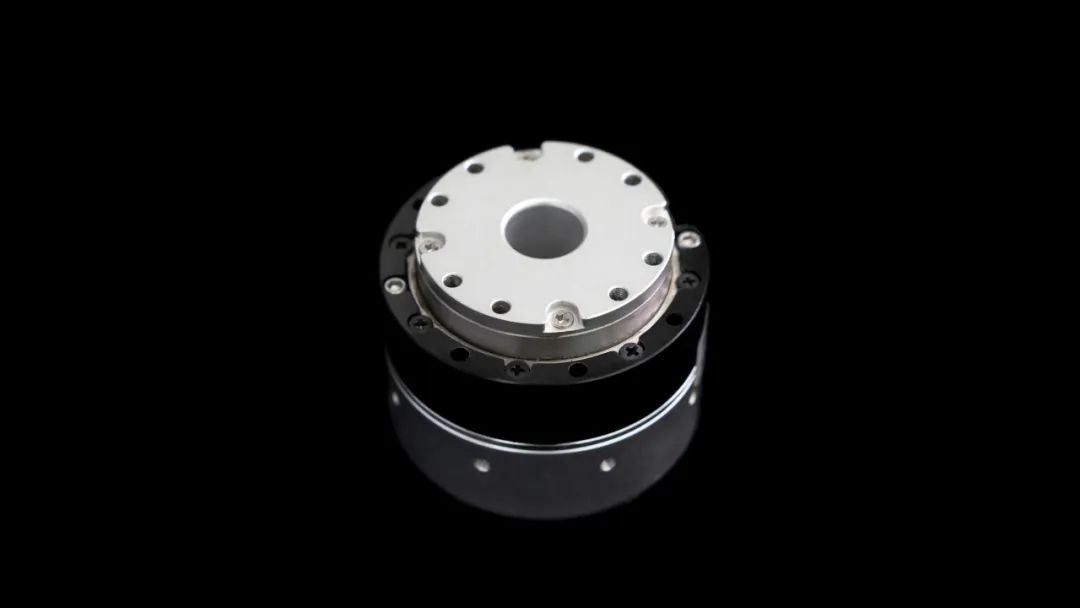






Shanghai (Gasgoo)- GAC Group recently unveiled a new generation of integrated joint systems and low-voltage servo drivers—core components designed to power humanoid robots across a wide range of use cases, from precise operations to heavy-duty movements, according to a press release the group issued on April 9.
Developed in-house, GAC's integrated joint lineup includes two main types: harmonic reducer rotary joints and planetary reducer rotary joints. Each is engineered to meet specific performance demands across different parts of the robot body.

H armonic reducer rotary joint; photo credit: GAC Group
Harmonic reducer rotary joints, known for their compact size, light weight, and high motion precision, are ideal for humanoid robots tasked with delicate operations in fields such as industrial assembly and domestic services. GAC's newly launched version incorporates a dual steel wheel and low-torque ripple design, delivering 50% greater stiffness and 40% higher torque output than comparable products—all within a compact 300g unit. The joint's dual-encoder feedback and cogging force suppression keep torque fluctuations within 1%, ensuring human-level precision for tasks like fine assembly and soft grasping.
For high-torque applications such as walking, running, or carrying heavy loads—especially on inclines—the company has developed a planetary reducer rotary joint tailored for robotic legs.
GAC Group says this component adopts an axial flux structure, reducing overall height by 20% compared to similar products. It can deliver torque exceeding 200 N·m/kg and withstand more than five times overload, with a peak torque surpassing 1,100 N·m.
GAC also introduced its compact yet powerful low-voltage servo driver, which weighs just 50 grams and is about the size of a coin—only one-fifth the volume of traditional models. Despite its small form factor, the device supports motors ranging from 100W to 4.8kW, achieving a volumetric power density of 38 kW/dm³.
The servo driver supports a wide input voltage range from 12V to 72V and is compatible with both EtherCAT and CANopen protocols. It delivers high-speed communication at up to 100 Mbps and offers precise timing with jitter errors as low as 1 microsecond.
It also supports multiple control modes, including profile position (PP), profile torque (PT), profile velocity (PV), and synchronized modes (CSV, CSP), and incorporates advanced algorithms such as multi-band notch filters for vibration suppression, adaptive model feedforward compensation, Coulomb friction, and gravity compensation.
For queries, please contact Lemon Zhao at lemonzhao@smm.cn
For more information on how to access our research reports, please email service.en@smm.cn